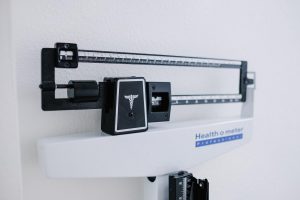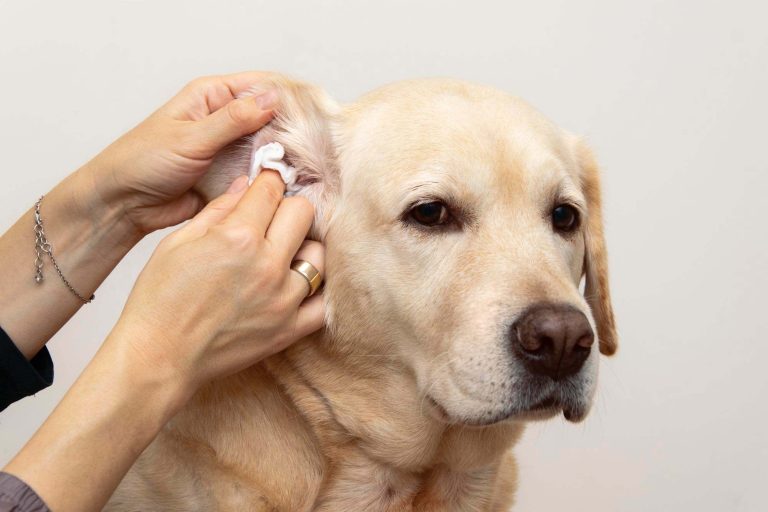Altough since the late 1990s people have been using fewer and fewer cheques, billions of cheques are written every year. You might think you never have to write a check or why someone would ever write it, but it can happen. At some point the time will come when you will have to write a cheque. You have all written checks at least once in your life, if not more than once.
How to write a check
This quick guide will help you understand how to write a check correctly. Starting with the date and ending with your signature.
Before writing a check, do not forget to write the amount in the “Cheque Register” located at the front of your cheque book.
Source: Pinterest
DATE:
A check is a date check that is normally written today, but you can submit it on a future date.
„Pay to the order of”: write the name of the payee (Payee is who you are paying)
Square box: write the amount in numbers
Line for the amount in words:
$1,111.22 would be “One thousand, one hundred eleven and 22/100”
When writing the checksum in words, start writing in the space provided. Add words only after writing the number. If you pay in the order in which you specify dollars, make sure that the amount corresponds to the dollar amount you wrote, and then write it off. Avoid people who write checks for more money by drawing a line between writing dollar amounts and writing how much a check is for. For example, if you pay by cheque, write down your cheque and make sure that the amounts match the order in which you paid (in dollars, for example).
Memo: any information like your account number or any identifying information
Signiture: sign the check
When you write a check, your signature is enough on the signature line on the front of the check, but it should be the only place where a signature should appear. If you sign your cheque and don’t fill in a section of it, it’s a blank cheque.
Some more tip
When writing the check, you should assume that the money will go to you and withdraw money from your account before converting it into an electronic check. If you have written your check and forgot to pay the person, your money will leave the account on the day you work and you will have to write another check for it.
If you use a cheque for a payment, note down the cheque number which you find on the day you wrote your cheque. To avoid complications, you should also note down the date and amount of the payee before writing the check.
The date of the cheque does not determine when it can be cashed. But uses personal notes so you can better track when you paid the bill and when the cheques were signed.
Conclusion
Although writing a check is not as common as it used to be. There are still occasions when you have to write a check, so it is important to know how to write them.
Ont the other hand I would urge you not to use personal check at all. Why? Personal check contains a huge amount of your personal information e.g. your name, address, bank name, bank account number and if you sign it, your signature too. Even if You void a check your personal information are still there.
If you are a visual type of person, then we can recommend this short video for you to watch.
If you need a longer version, then we might recommend this one for you:
Do you want to learn more?
Click on the link below and learn many of our articles to solve every day questions.













